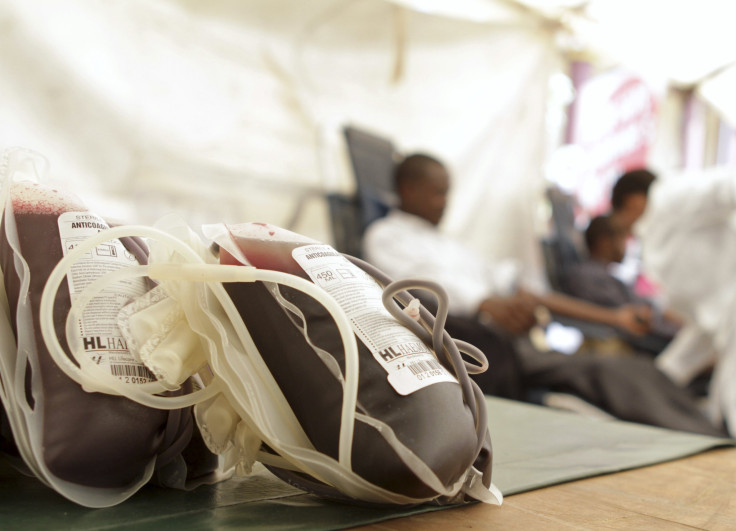Google Doodle celebrates birthday of man who discovered blood groups

Google treats visitors to its homepage with a new Google Doodle featuring an Austrian and American biologist, who discovered the existence of blood groups.
The name Karl Landsteiner may be unfamiliar to some, but his work has saved the lives of millions. In 1901, he found out that there are different blood types – A, B, AB and O. He also discovered that those with the same or compatible blood types can receive transfusions from each other.
As a result of his groundbreaking discovery, the first successful blood transfusion was conducted just six years later, in 1907, according to Google. Before Landsteiner’s discovery, blood transfusions were risky and highly fatal. Not all blood types are compatible, and a transfusion with incompatible blood type could trigger a dangerous immune response.
American pathologist Ludvig Hektoen found that blood transfusion may be safer and the process can be improved by “cross-matching blood between donors and patients to exclude incompatible mixtures,” according to the American Red Cross. It was Reuben Ottenberg, an American physician and haematologist, who performed the first blood transfusion using blood typing and cross-matching. Currently, there are eight possible blood types: O+, O-, A+, A-, B+, B-, AB+, and AB-.
In 1930, Landsteiner was awarded the Nobel Prize for Physiology or Medicine for his outstanding work on the blood groups. In addition to his life-saving discovery, Landsteiner’s work also paved the way to other advances in medicine, therapies and surgery. Together with fellow scientist Erwin Popper, he laid the groundwork for the discovery of the polio virus. This was the first step towards developing a treatment for the disease which affected millions of children worldwide, Google reported.
“On what would be his 148th birthday, we thank you, Karl Landsteiner, for helping us lead longer, healthier lives,” the search engine greeted.
Earlier in April, Google Doodle featured Hertha Marks Ayrton, a British engineer, mathematician, physicist and inventor, who studied the scientific mystery of ripple marks on sand and water.




















